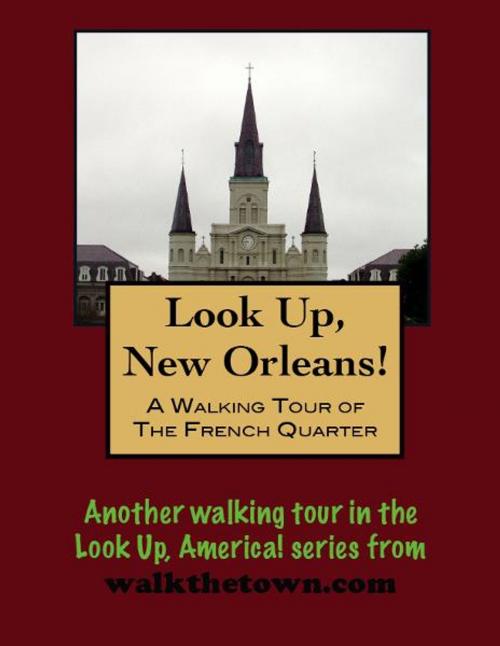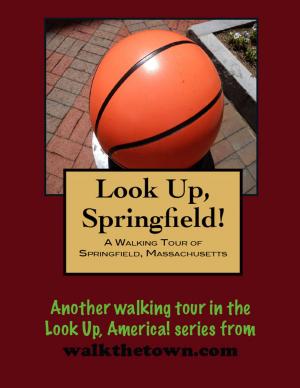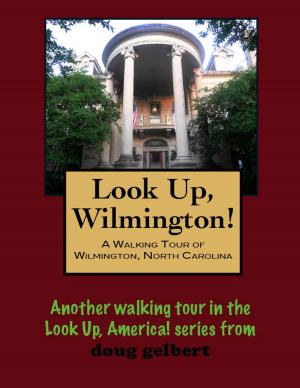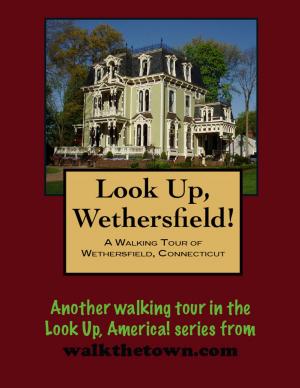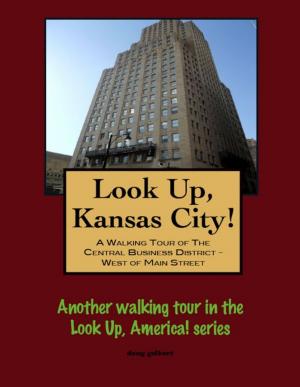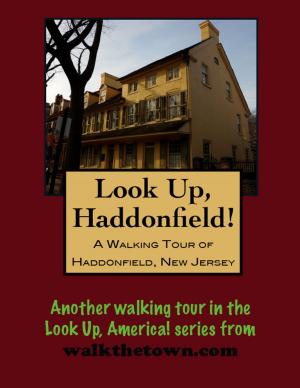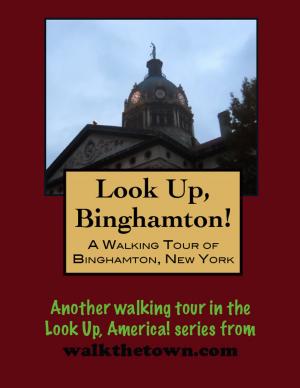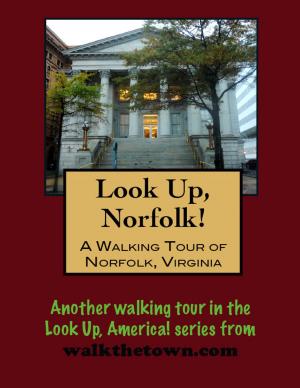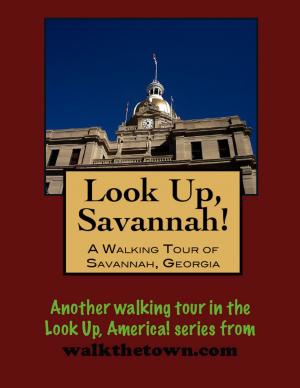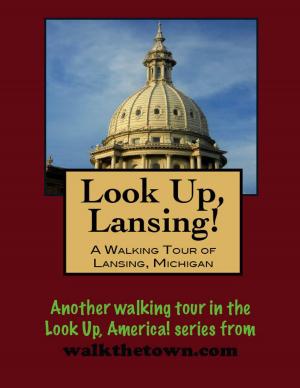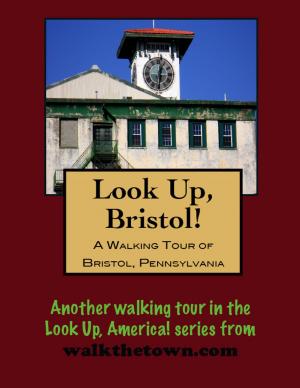A Walking Tour of The New Orleans French Quarter
Nonfiction, Travel, United States, South, History, Americas| Author: | Doug Gelbert | ISBN: | 9781452307763 |
| Publisher: | Doug Gelbert | Publication: | January 8, 2010 |
| Imprint: | Smashwords Edition | Language: | English |
| Author: | Doug Gelbert |
| ISBN: | 9781452307763 |
| Publisher: | Doug Gelbert |
| Publication: | January 8, 2010 |
| Imprint: | Smashwords Edition |
| Language: | English |
There is no better way to see America than on foot. And there is no better way to appreciate what you are looking at than with a walking tour. Whether you are preparing for a road trip or just out to look at your own town in a new way, a downloadable walking tour from walkthetown.com is ready to explore when you are.
Each walking tour describes historical and architectural landmarks and provides pictures to help out when those pesky street addresses are missing. Every tour also includes a quick primer on identifying architectural styles seen on American streets.
The French Quarter spreads up from the Mississippi River across some 70 blocks. This is where the original French Colonial settlement of Nouvelle Orleans was laid out in simple squares in1718 by French Canadian naval officer Jean Baptiste Bienville. Bienville served as governor for financier John Law’s Company of the Indies, which in naming the city for the Regent Duc d’Orleans sought to curry Court favor before failing spectacularly in the “Great Mississippi Bubble.” The French Period legacy endures in the town plan and central square, church of St. Louis, Ursuline Convent and women’s education, ancien regime street names such as Bourbon and Royal, the charity hospital, and a mixed legacy of Creole culture, Mardi Gras, and the important effects of African enslavement combined with a tolerant approach to free persons of color.
In 1762 the indifferent Louis XV transferred Louisiana to his Bourbon cousin Charles III of Spain. Emboldened by a period of Spanish vacillation in taking power, Francophile colonists staged a revolution in 1768, summarily squelched by Alejandro O’Reilly with a firing squad at the Esplanade fort. Spanish rule lasted for four decades, imparting a legacy of semi-fortified streetscapes, commonwall plastered brick houses, and walled courtyards used as gardens and utility spaces with separate servants’ quarters and kitchens. Olive oil cooking and graceful wrought iron balconies, hinges and locks in curvilinear shapes, and strong vestiges of civil law remain from the Spanish presence.
Typical of the eccentricities of the Vieux Carre or “old square” is the fact that its much admired iron-embroidered architecture is not French, but Spanish. Disastrous fires one after another in 1788 and 1794 destroyed all but a handful of the original French buildings.Street names have floated back and forth between French and Spanish and the gold-and-blue signs on the corner buildigns indicate the street names that were recognized under earlier regimes. Sited on the highest ground in the area, the French Quarter sustained little damage from the flooding of New Orleans in the aftermath of Hurricane Katrina.
Our walking tour will begin in Jackson Square, a few yards from the Mississippi River and in what some have called the architectural center of America...
There is no better way to see America than on foot. And there is no better way to appreciate what you are looking at than with a walking tour. Whether you are preparing for a road trip or just out to look at your own town in a new way, a downloadable walking tour from walkthetown.com is ready to explore when you are.
Each walking tour describes historical and architectural landmarks and provides pictures to help out when those pesky street addresses are missing. Every tour also includes a quick primer on identifying architectural styles seen on American streets.
The French Quarter spreads up from the Mississippi River across some 70 blocks. This is where the original French Colonial settlement of Nouvelle Orleans was laid out in simple squares in1718 by French Canadian naval officer Jean Baptiste Bienville. Bienville served as governor for financier John Law’s Company of the Indies, which in naming the city for the Regent Duc d’Orleans sought to curry Court favor before failing spectacularly in the “Great Mississippi Bubble.” The French Period legacy endures in the town plan and central square, church of St. Louis, Ursuline Convent and women’s education, ancien regime street names such as Bourbon and Royal, the charity hospital, and a mixed legacy of Creole culture, Mardi Gras, and the important effects of African enslavement combined with a tolerant approach to free persons of color.
In 1762 the indifferent Louis XV transferred Louisiana to his Bourbon cousin Charles III of Spain. Emboldened by a period of Spanish vacillation in taking power, Francophile colonists staged a revolution in 1768, summarily squelched by Alejandro O’Reilly with a firing squad at the Esplanade fort. Spanish rule lasted for four decades, imparting a legacy of semi-fortified streetscapes, commonwall plastered brick houses, and walled courtyards used as gardens and utility spaces with separate servants’ quarters and kitchens. Olive oil cooking and graceful wrought iron balconies, hinges and locks in curvilinear shapes, and strong vestiges of civil law remain from the Spanish presence.
Typical of the eccentricities of the Vieux Carre or “old square” is the fact that its much admired iron-embroidered architecture is not French, but Spanish. Disastrous fires one after another in 1788 and 1794 destroyed all but a handful of the original French buildings.Street names have floated back and forth between French and Spanish and the gold-and-blue signs on the corner buildigns indicate the street names that were recognized under earlier regimes. Sited on the highest ground in the area, the French Quarter sustained little damage from the flooding of New Orleans in the aftermath of Hurricane Katrina.
Our walking tour will begin in Jackson Square, a few yards from the Mississippi River and in what some have called the architectural center of America...
